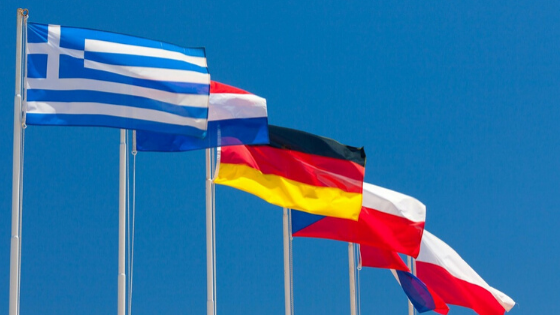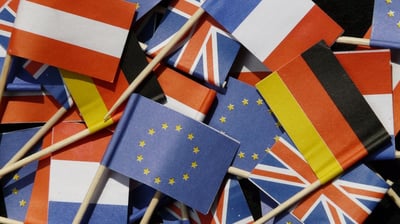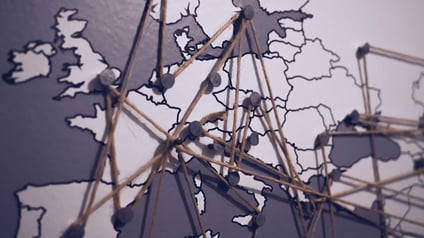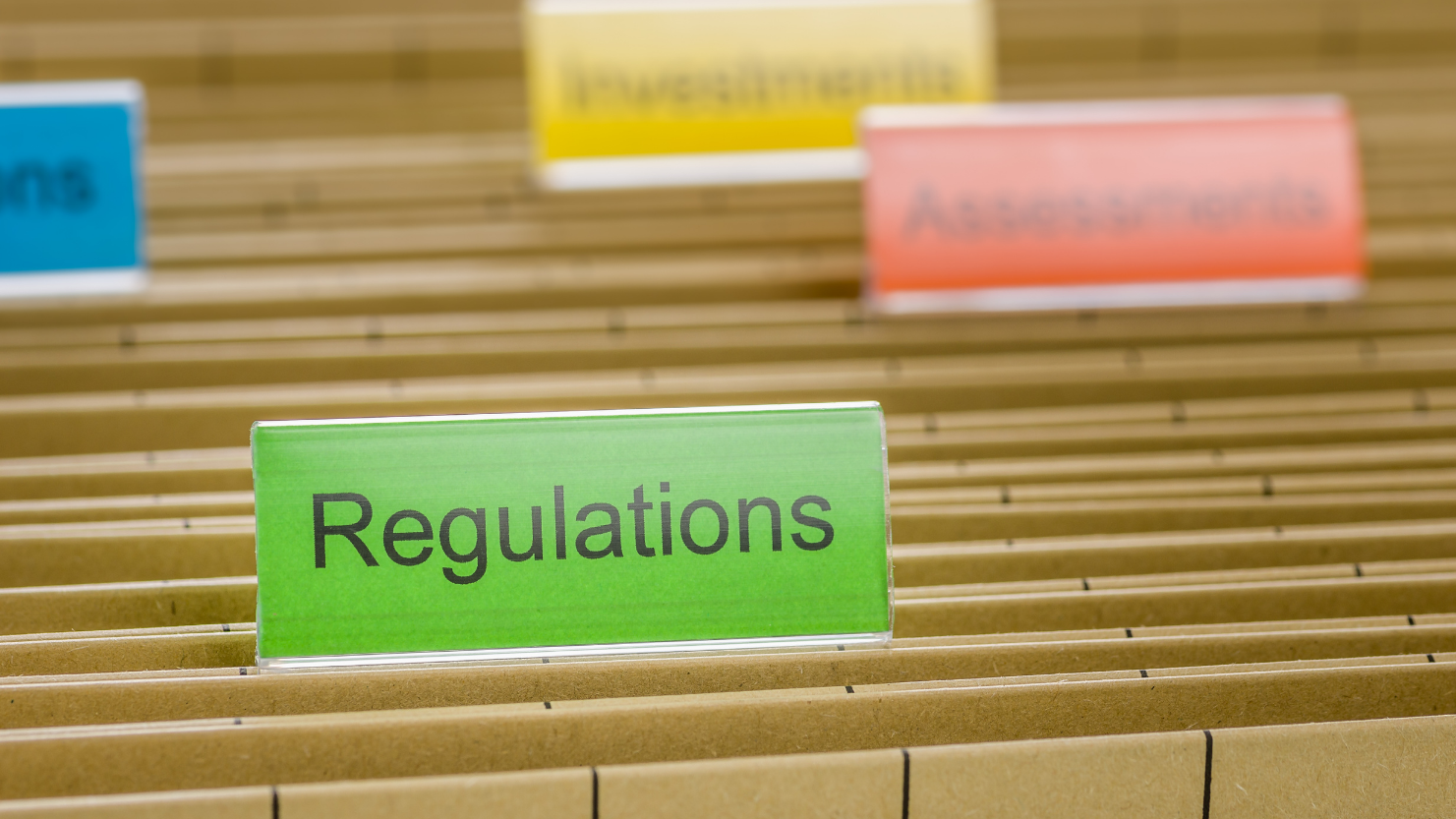Tips on Preparing PCN Notifications for Various Countries

The goal of the CLP Art. 45 Annex VIII regulation is to harmonize mixture information for emergency health response. It was only a matter of time that the EU takes steps to standardize information for poison centres. As people can move freely within the EU, so can products. Especially for those who live close to national borders, it’s not unthinkable that you do your shopping in a country different from your place of residence.
Having a regulation that harmonizes the information on mixtures and the format of how this information is delivered is the first step. In the document published by ECHA, there are still some national differences that companies should consider. The document lists all the EU member states and 5 information columns where national differences are apparent.
Here are three tips for you:
Tip No. 1: Check When a Mixture Is Considered to be Placed on the Market
The ECHA Submission Portal is a newly developed platform to accept notifications in light of CLP Art. 45 Annex VIII. A large majority of the member states plan to accept notifications via the ECHA Submission Portal. For a couple of countries, it’s still open when they will begin to accept notifications via the ECHA Submission Portal or if they will also continue to accept notifications directly.
What’s interesting to note is that, at the point of writing this article (August 2020), only four member states are connected to the ECHA Submission Portal. This means that most of the member states are not yet able to receive notifications via the ECHA Portal. (See the Overview of Member States Decisions).
Nevertheless, as a submitter, it is important to take note that some countries have the additional requirement that a mixture can only be placed on the market AFTER the respective national body has downloaded the notification from ECHA. At the point of writing, this is true for France, Germany, Italy, and Spain.
Therefore, even though the ECHA Submission Portal is active and usable, it would be wise to keep checking for updates on this information.
Tip No. 2: Check the Accepted Languages
English may be the lingua franca in today’s globalized world. Common word says that your native language is the one you instinctively scream out in a moment of panic. Therefore, it only makes sense that the emergency response officers or poison center operators speak the language of the person who requires help. For example, product notifications made to Greece must be in Greek.
From the ECHA document, most of the member states allow notifications in English or in their national language. 13 member states accept notifications only in their official language, while only Finland requiring that notification be made in two languages – Finnish and Swedish.
What does that mean for you?
Notification information such as toxicological information is entered as free text. This means that if you are notifying countries that only accept notification in their national language, you must ensure that such free texts are translated.
If you’re using our opesus EHS Product Notification, you can configure the solution to manage the notification languages. This allows you to ensure that when creating notifications for a selected country, the notifications are created in the allowed languages. This gives you as well the opportunity to streamline – where English or national language is accepted, you can configure the solution set-up that notifications are created only in English.
As written above, do not assume that notifications are always accepted in English. Do consult the ECHA guideline to see the list of languages accepted for notifications for each country.
Tip No. 3: Check Which Countries Charge Fees
 From our consulting experience, there are customers who automatically generate SDSs for all EU countries – just in case. However, we generally recommend that customers do not automatically submit notifications to all countries as some countries levy fees. From the ECHA document, Hungary and Italy charge fees, while Croatia and Spain are considering to charge fees. We expect that this information will be updated to meet existing procedures for submitting information to poison centres at appointed bodies. For example, the appointed bodies for Belgium and Spain charge fees today even though this information is not reflected in ECHA’s document.
From our consulting experience, there are customers who automatically generate SDSs for all EU countries – just in case. However, we generally recommend that customers do not automatically submit notifications to all countries as some countries levy fees. From the ECHA document, Hungary and Italy charge fees, while Croatia and Spain are considering to charge fees. We expect that this information will be updated to meet existing procedures for submitting information to poison centres at appointed bodies. For example, the appointed bodies for Belgium and Spain charge fees today even though this information is not reflected in ECHA’s document.
To ensure that you don’t receive unnecessary invoices, we advise you to only do notifications in countries where your products are placed on the market.
The software opesus EHS Product Notification (EPN) supports you with doing automatic checks on which products you have to notify to which countries. For example, safety data sheet (SDS) release can trigger a check if a notification exists for the products of this SDS. If no notification exists, this will trigger the product steward to submit a notification. Further, it is checked if an updated notification needs to be submitted. In the future, more triggers such as sales order will be available.
When preparing poison centre notifiations, it’s a challenge to keep up with the status of member states' decisions as outlined in the ECHA document. If you are using SAP with EH&S, opesus EPN for the PCN format provides support when it comes to countries and accepted languages for notifications. When creating dossiers, you can choose the countries, and depending on how you’ve configured the software, dossiers in the PCN format will be generated in the respective languages.
If you would like to see this in action, feel free to contact us via the contact form.


